" images Chris Sutton Coming from a place where bare wheeled cars can still be driven on the road without fear of prosecution, we're currently in love with the Del Porto Roadster. This slick, black beauty was originally designed in 1951 as "

A brief history of three-wheeled vehicles
How many wheels does a car have?
From the Dacia Sandero to the LaFerrari, most cars have one thing in common: four wheels. But why? Sure, wheels are a fairly necessary feature of any car, but why four of them? Two-wheeled vehicles are common, obviously – so why aren’t three-wheelers more popular?
The magic of a three-wheeled vehicle is that, like a four-wheeled car and unlike a motorbike, it’ll support itself without falling over. There are numerous other advantages, too: production costs are lower, as there’s one less wheel to produce, and you’ll save on maintenance. A 25 percent reduction on the annual tyre bill has to be a good thing, right?
French inventor Nicolas-Joseph Cugnot was a visionary. Back in the 18th century, he invented the world’s first ever self-propelled land-based vehicle. It was a curious steam-powered machine with two wheels at the rear and one at the front supporting a steam boiler and driving mechanism. Poor weight distribution meant the car was rather unstable, which led to Cugnot crashing it into a stone wall. Following quite possibly the world’s first car accident, Cugnot was reportedly arrested and convicted of dangerous driving (again, a world first). Not the best start for three-wheeled cars.
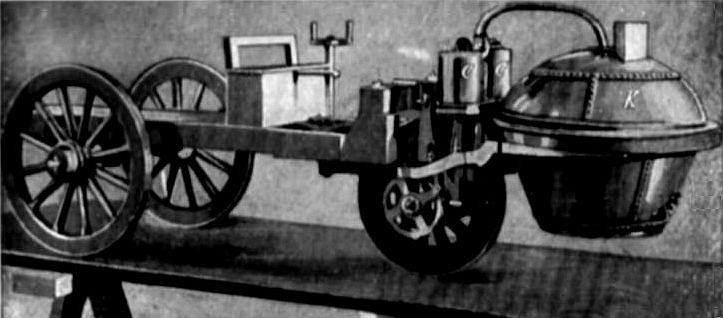
Still, a few other inventors persevered with steam-powered three-wheelers, before Karl Benz launched the world’s first production automobile in 1886. The Benz Patent-Motorwagen was initially powered by a single-cylinder four-stroke engine situated at the rear of its three-wheeled chassis. Although very different to the cars we’re used to today, the Patent-Motorwagen was a relative success in its day. A total of 25 were sold between 1886 and 1893.
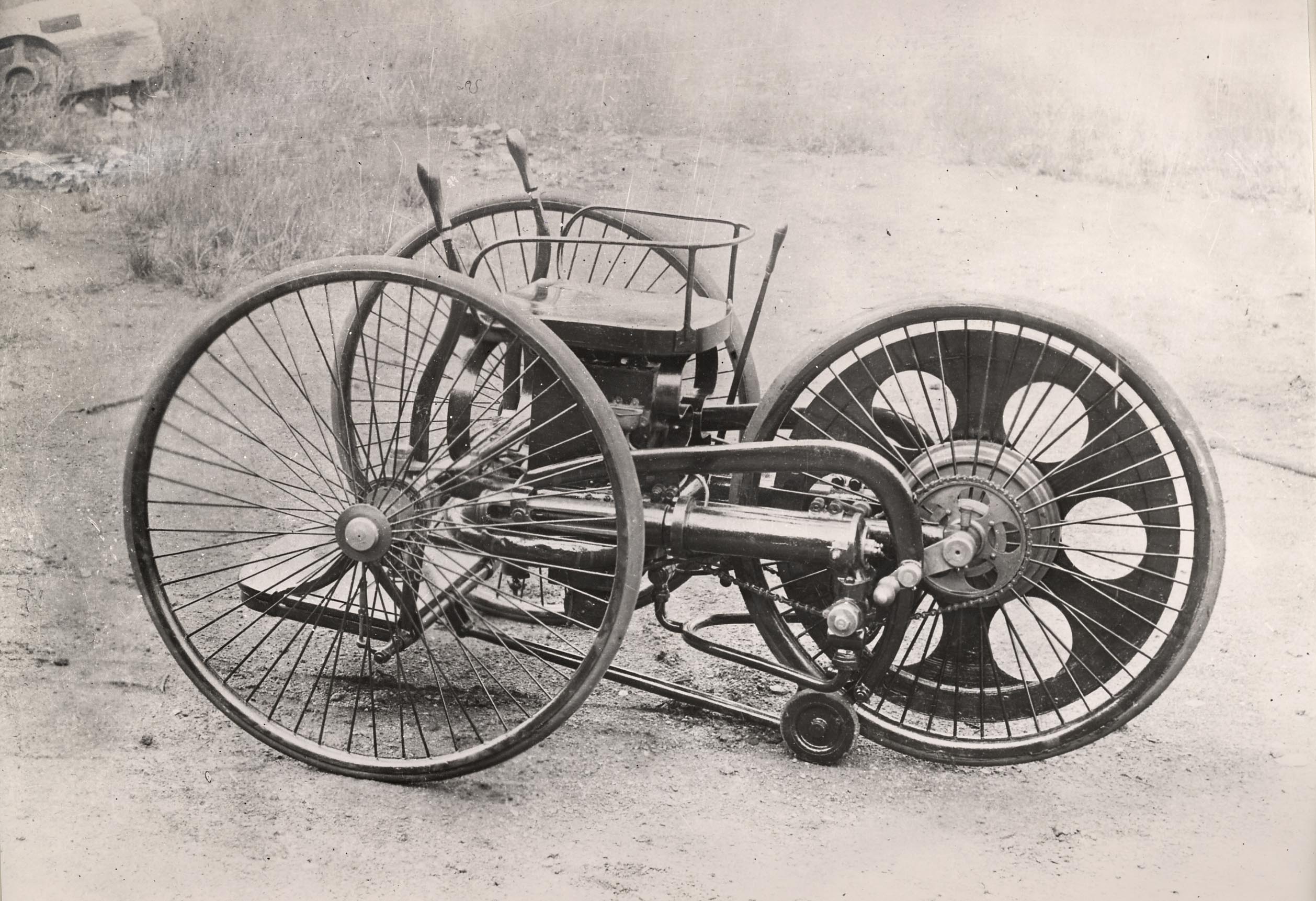
While other inventors cottoned on to the advantages of four-wheeled cars, the Brits followed Cugnot’s and Benz’s approach. The Butler Petrol Cycle used a four-stroke engine to power its single rear wheel, while two front wheels aided cornering. Other British trikes followed in the wake of the 1896 Locomotives on Highways Act, which negated the need for cars to be driven with a man in front carrying a red flag to warn pedestrians.
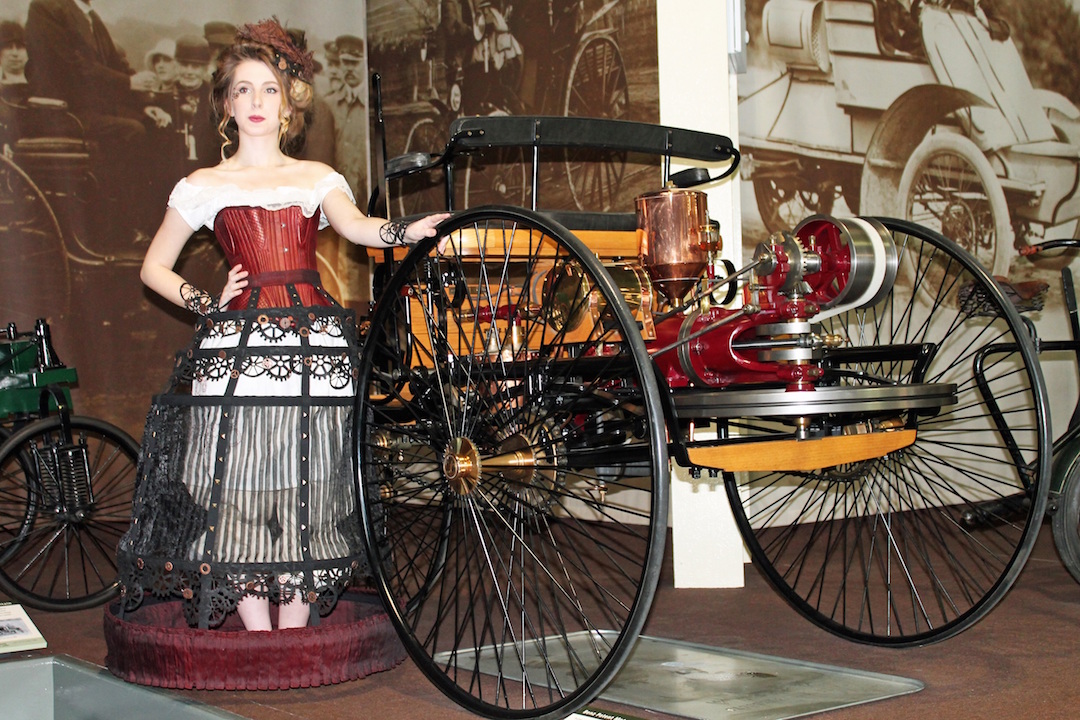
In 1908, Henry Frederick Stanley Morgan, known as HFS, bought a 7hp twin-cylinder Peugeot engine with the intention of building himself a motorbike. He changed his mind, instead building a one-seat, three-wheeled motor car. With financial help from his family, Morgan took three of his three-wheelers to the 1910 Motor Show at Olympia in London.
Although his three-wheelers attracted plenty of interest, buyers wanted at least two seats. So he returned to the drawing board and built a three-wheeled two-seater, revealed at the 1911 Motor Cycle Show. It went on to be sold by Harrods for £65.
As other manufacturers moved towards four wheels, Morgan was one of a handful that stuck with three. With the launch of the Austin 7 in 1922, four-wheeled cars were just as cheap as the Morgan to buy and offered such luxuries as four seats and a roof. However, the Austin 7 was twice as much as the Morgan to tax – costing motorists £8 a year, giving the Morgan a unique selling point.
It was after the Second World War that the popularity of the three-wheeler started to take off. These were austere times, and cars such as the Bond Minicar and BMW Isetta were introduced to offer affordable motoring for an increasingly mobile population.
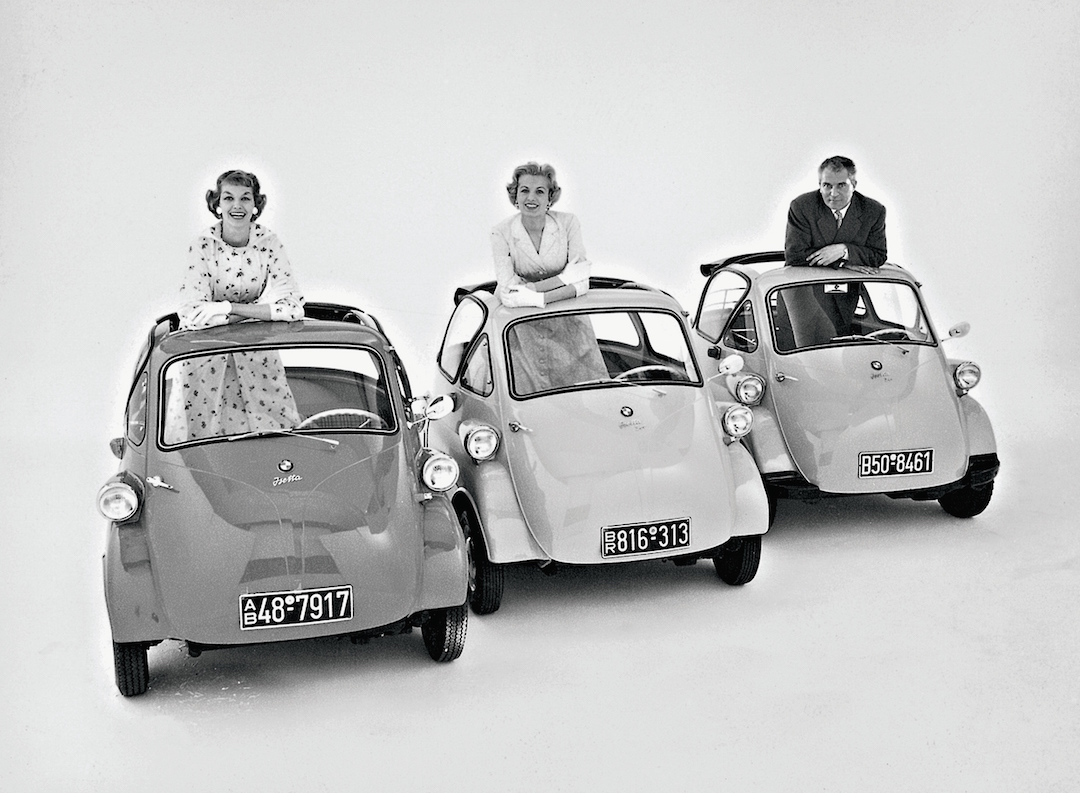
Sitting halfway between motorbikes and conventional cars, they offered more comfort than a bike without the tax penalty of a four-wheeled car.
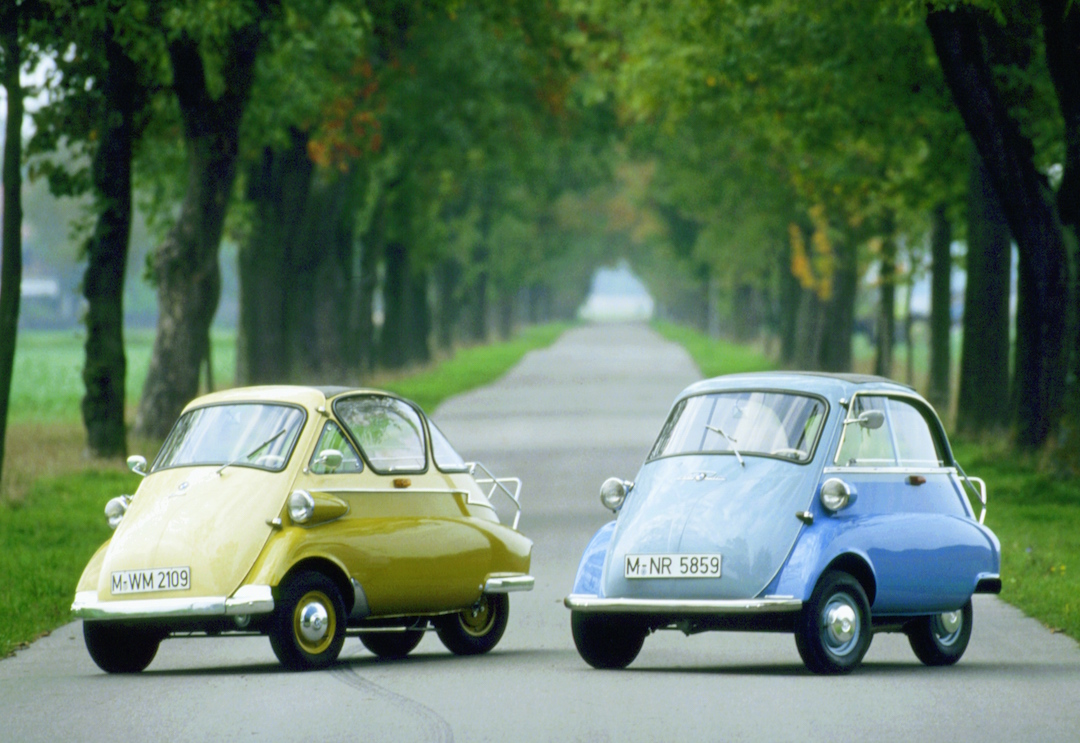
One manufacturer that had quietly been working on three-wheelers was the Reliant. Established by former Raleigh Bicycle Company employees, Reliant started building affordable three-wheeled vans that looked a lot like motorcycles. After the war, it moved into selling three-wheeled passenger cars, and found a surprisingly big market for its early models.
Throughout the next 65 years, Reliant became the biggest name in three-wheeled transport thanks to vehicles such as the Regal, Rialto and, of course, the Robin. Tough competition from the likes of the Mini meant it wasn’t all a smooth ride, but it did find unexpected fame when David Jason drove a Reliant Supervan in TV comedy series Only Fools and Horses.
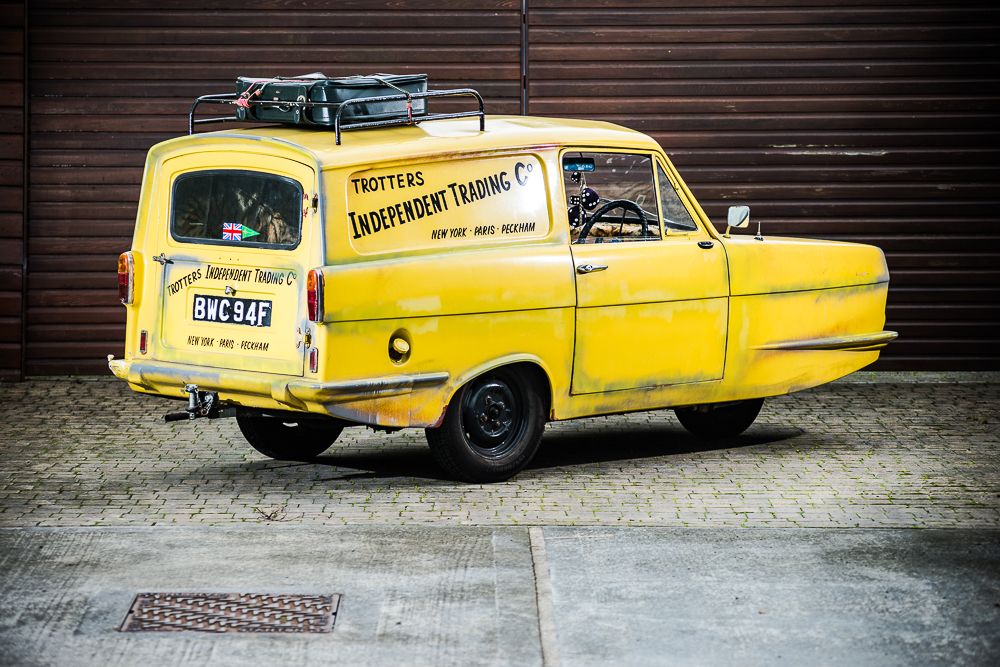
Despite becoming a bit of a joke, there continued to be a market for the three-wheeler – with many bikers buying Reliants because they could legally drive one on a motorcycle licence. In total, Reliant is believed to have made as many as 195,000 three-wheelers before production ended in 2001.
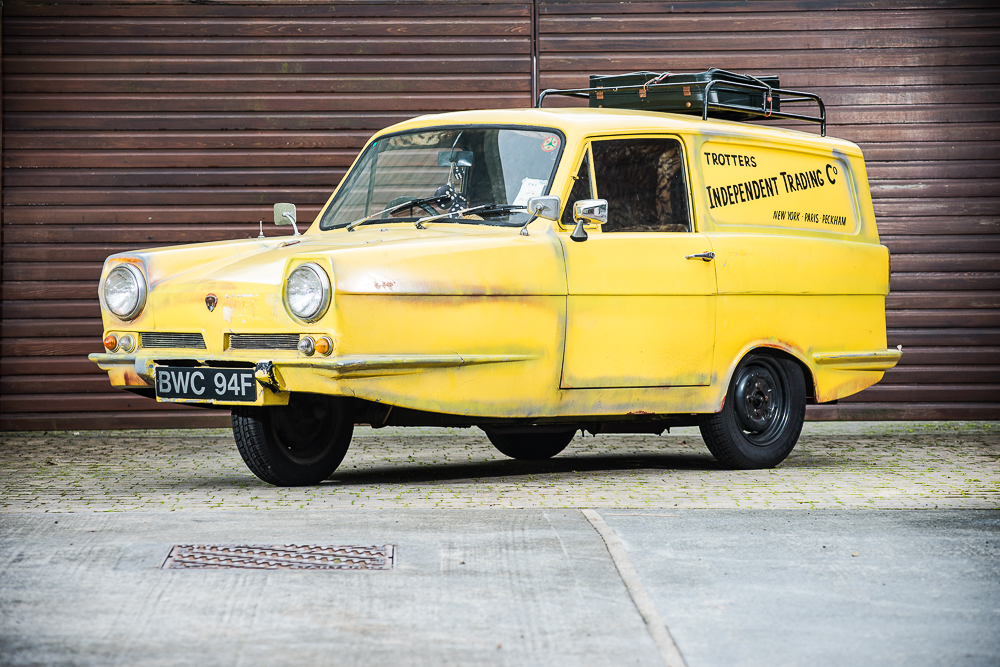
Although arguably the most famous three-wheeler manufacturer of them all no longer exists, Morgan brought back the three-wheeler in 2010. A modern-day interpretation of the Malvern firm’s original runaround, the Morgan Three-Wheeler combines a Harley Davidson Screaming Eagle V-twin engine with a five-speed manual transmission from a Mazda MX-5. Unlike early Morgans, the new car is sold predominantly as a toy for the wealthy, costing £30,000 and hitting 60mph in 8.0 seconds.

There’s even an electric version, the Morgan EV3, due to be launched this year. Developed with British firm Frazer Nash, the EV3 will feature an electric motor capable of propelling the sub-500kg car to 60mph in less than nine seconds and a range of 120miles.
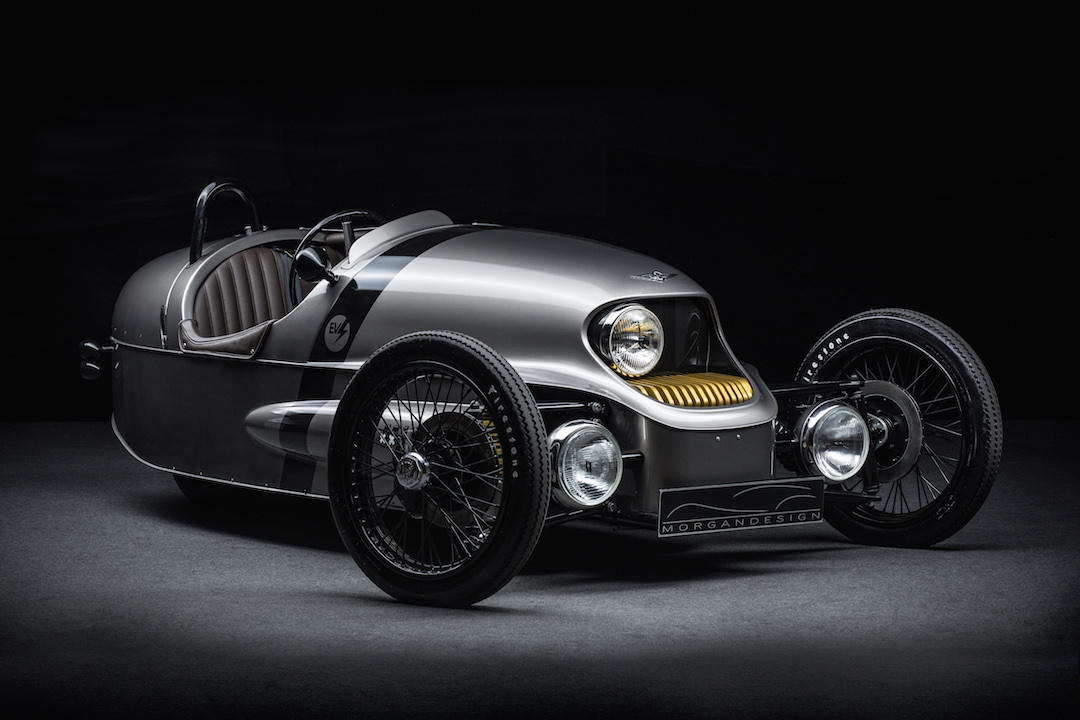
There appears to be a future for the three-wheeled motor car, and we’re convinced the world’s a better place for it.
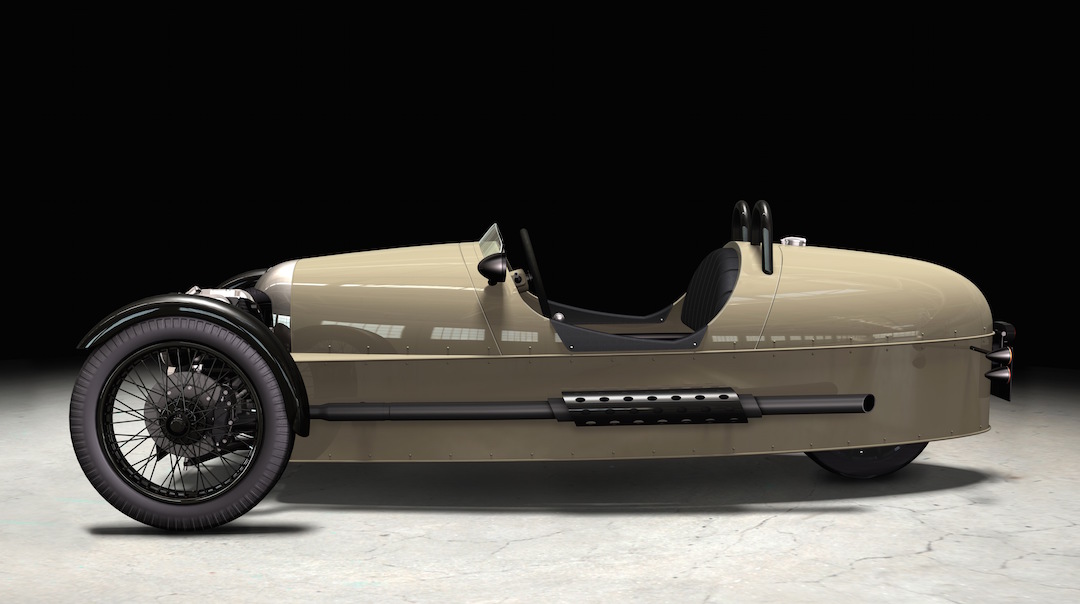
Picture copyrights:
Nicholas-Cugnots-Dampfwagen
Credit: unknown/F. A. Brockhaus [Public domain], via Wikimedia Commons
Morgans
Credit: Morgan Motor Company
Benz patent motorwagen
Credit: Mercedes-Benz
Butler’s Patent Velocycle
Credit: Edward Butler
Isetta
Credit: BMW
CLICK TO ENLARGE










